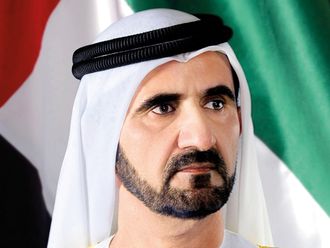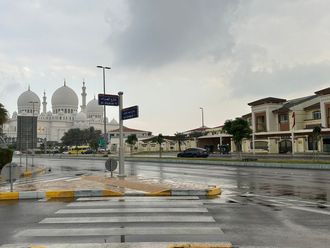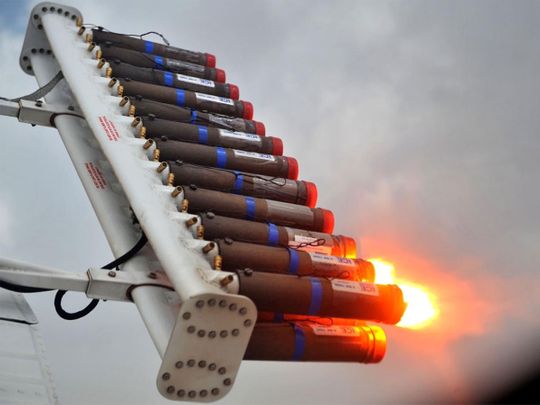
Dubai: Over the past 13 years, the UAE has successfully conducted thousands of cloud-seeding missions in the country to enhance rainfall in the region. Have you ever wondered how cloud seeding is done?
We caught up with Dr Alya Saeed Al Mazroui, the Director of the UAE Research Program for Rain Enhancement Science at the National Meteorology Centre (NCM) in Abu Dhabi, to find out more about the process.
With the use of modern technology, the UAE has been able to make “the occurrence of rain more probable”, Al Mazroui explained.
Humid night ahead until Thursday morning
What is cloud seeding?
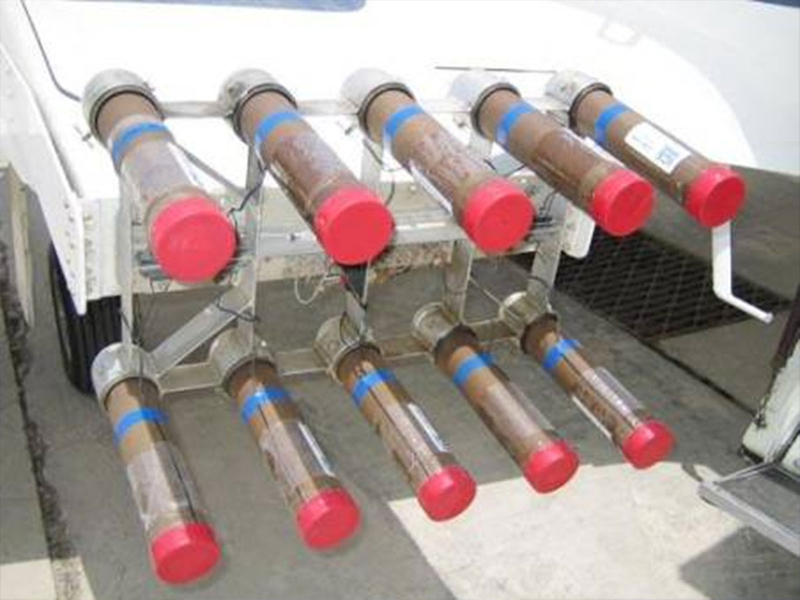
Cloud seeding is a weather modification technique that improves a cloud's ability to produce rain or snow. It involves modifying a cloud's structure to increase the chance of precipitation, by dispersing substances into clouds, to serve as cloud condensation or ice nuclei.
How is cloud seeding done in the UAE?
Al Mazroui told Gulf News: “First, the NCM team collects data from the radars, ground stations, satellites for the daily weather forecast. The team of experienced meteorologists then checks if there are any potential cloud seeding operations possible in the coming days.”
The NCM’s cloud seeding division uses a sophisticated weather surveillance radar (WSR), which is responsible for monitoring the atmospheric pressure and cloud formations around the clock. Apart from this, feed from live cameras from 26 locations across the UAE, are displayed on a wall at the NCM facility in Abu Dhabi.
“We have a roster of 24x7, meteorologists are always ready, around the clock,” she added.
“Once the clouds start to form, a special aircraft goes around the cloud to analyse the cloud formation. Data collected this way helps to determine the best possible situation for successful cloud seeding,” Al Mazroui explained.
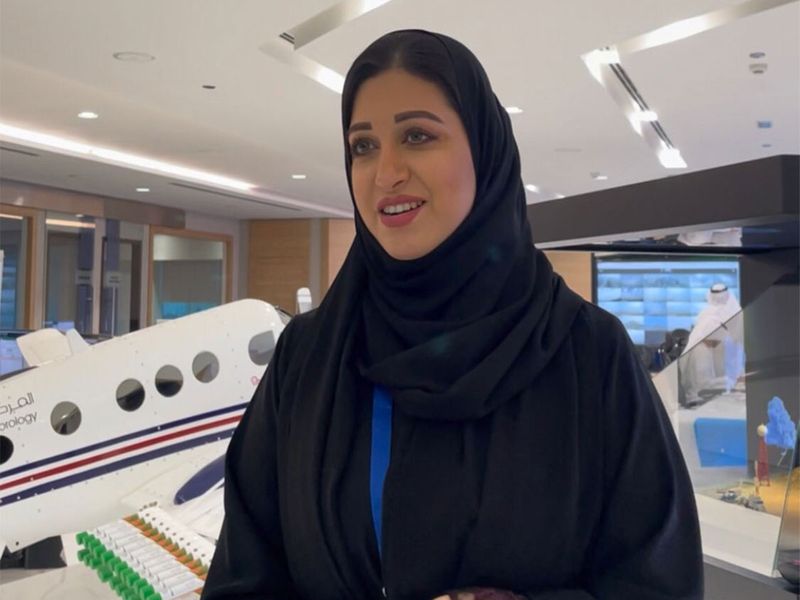
Once the pilots confirm that conducive clouds have been found, the NCM aircraft carrying salt crystals mixed with magnesium, sodium chloride and potassium chloride are 'seeded' into clouds. During traditional cloud seeding flights in the UAE, natural salts or hydroscopic agents are shot into clouds to enhance rainfall.
Cloud seeding works by sending the aircraft to the cloud and target the updrafts to seed it, which helps the small rain droplets to be bigger and heavier, so it will fall to the ground. These flights are carried out throughout the year in the UAE, when seedable clouds are detected.
“We have a hangar at the International Al Ain airport with four aircrafts and five ground-based seeding generators, to cover the cloud seeding operations in this country,” said Al Mazroui.
Seeding agents
“The seeding agents that are used for our cloud seeding operations are also manufactured in the UAE. There are two types of products used for cloud seeding in the UAE – hygroscopic flares and Nano-material.
“The hygroscopic seeding agents are made in two sizes, one for the aircraft and the other for the ground generators. We release the material into the cloud (while the aircraft is positioned right under the cloud formation), by burning the flare for two to three minutes until we reach the optimal size of the agent [for seeding].”
She stressed that no harmful chemicals are used in the process.
A Beechcraft King Air seeding aircraft takes “24 flares on each side, so 48 flares in total are carried by one cloud seeding aircraft that completes one flight in three hours,” she added.
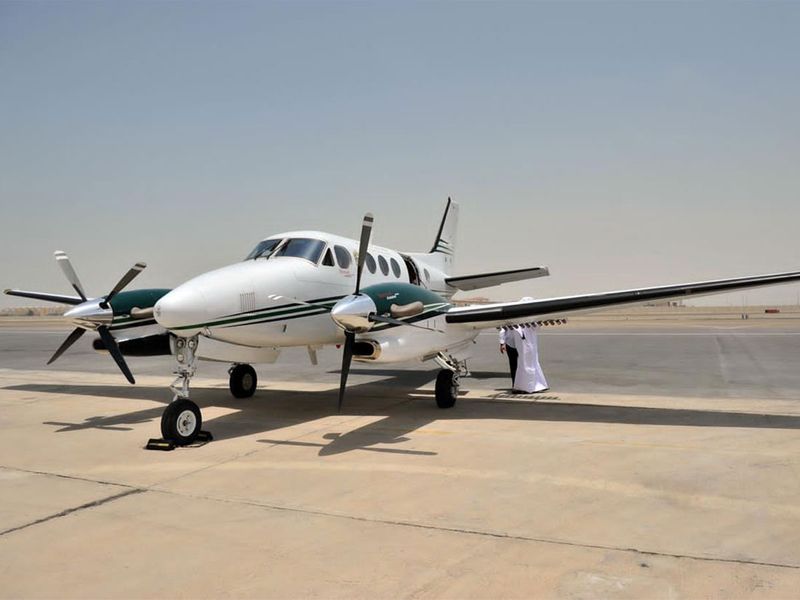
In the seeding method using ground-based generators (GBG), clouds are seeded with the aid of a GBG tower located in a mountainous areas. By taking advantage of the topography and local circulation, the GBG tower introduces hygroscopic seeding materials into low clouds to accelerate the collision and coalescence process within the clouds, increasing the cloud’s rainfall amount.
“The second type of seeding agent is the Nano-material, which is one of our breakthrough results from the UAE Research Programme for Rain Enhancement Science. In terms of effectiveness, it is up to three times better than the hygroscopic flares. In terms of the delivery means, it’s better as you don’t need to burn [the flares] for two to three minutes, you just use the ignitor to open the cap and then you release the material, which is a very fine powder. It is about 250 grams of the powder,” Al Mazroui said.
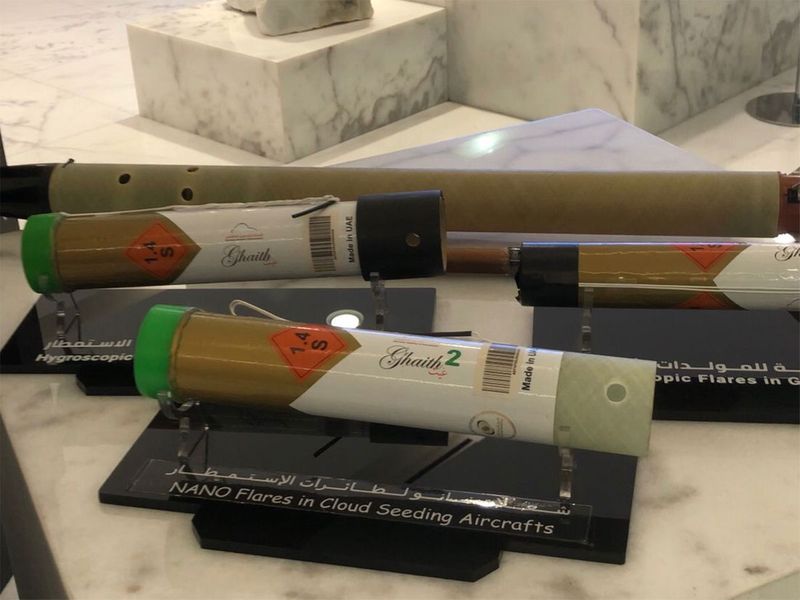
The Rain Enhancement Programme (REP) has enhanced the amount of accumulated rain in the UAE, according to reports and studies by the National Center of Meteorology.
The programme initially began at the end of 1990, but by the end of 2000, the fully-fledged project was carried out in cooperation with a number of organisations and institutes, including the US space agency Nasa (National Aeronautics and Space Administration).


